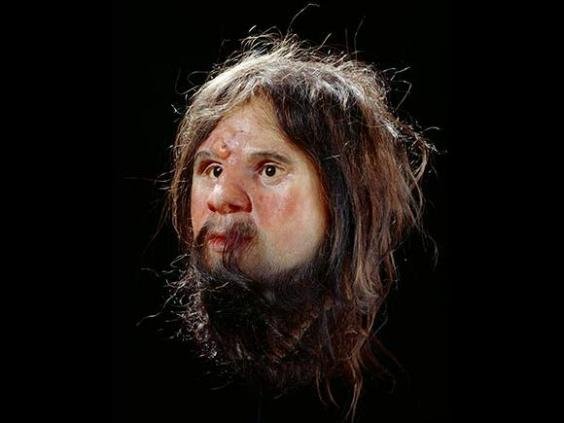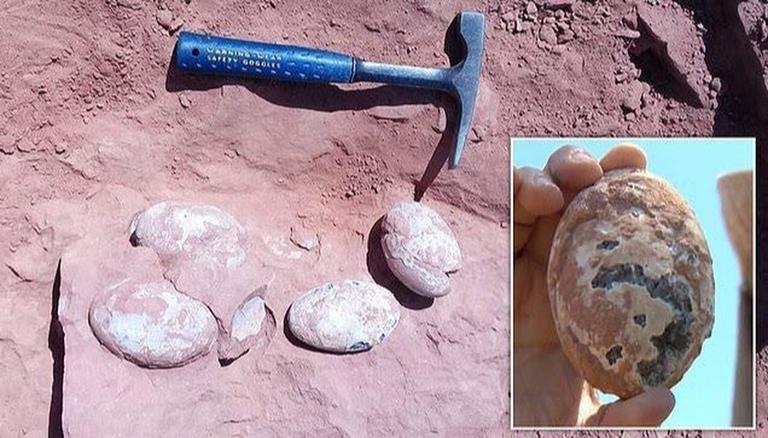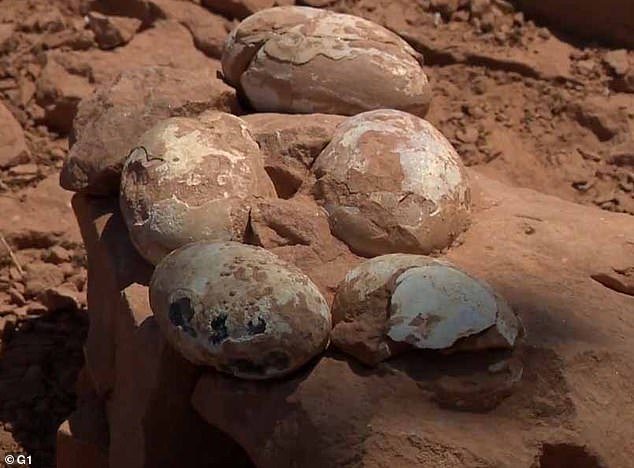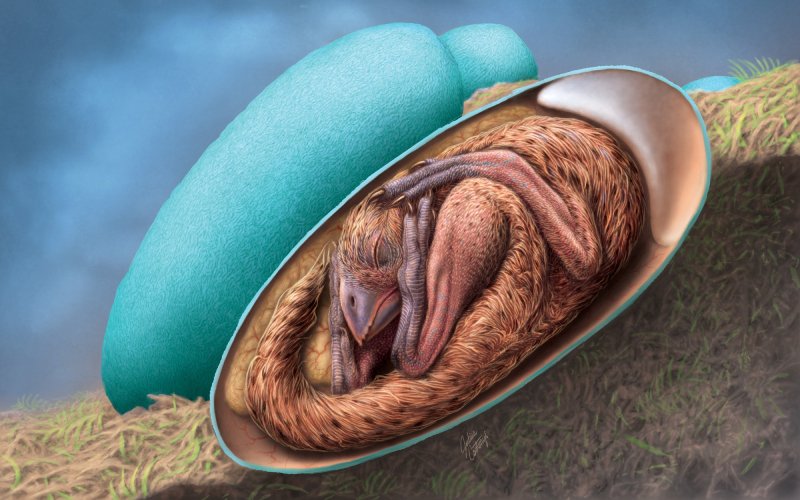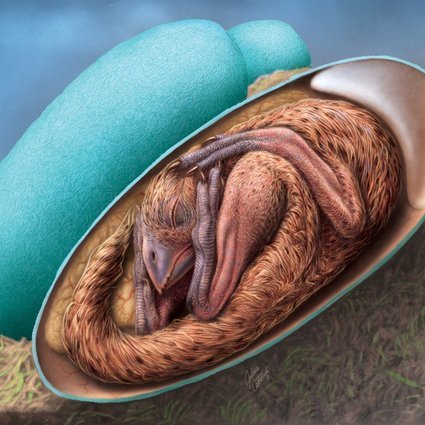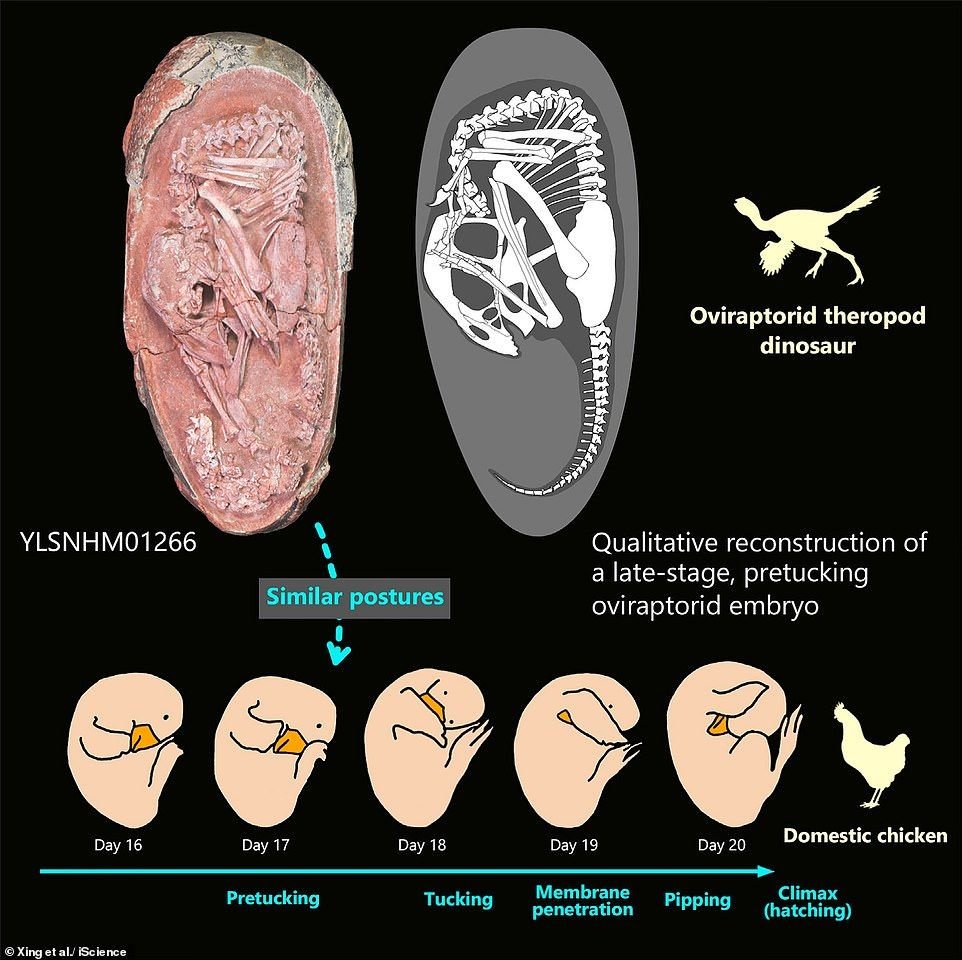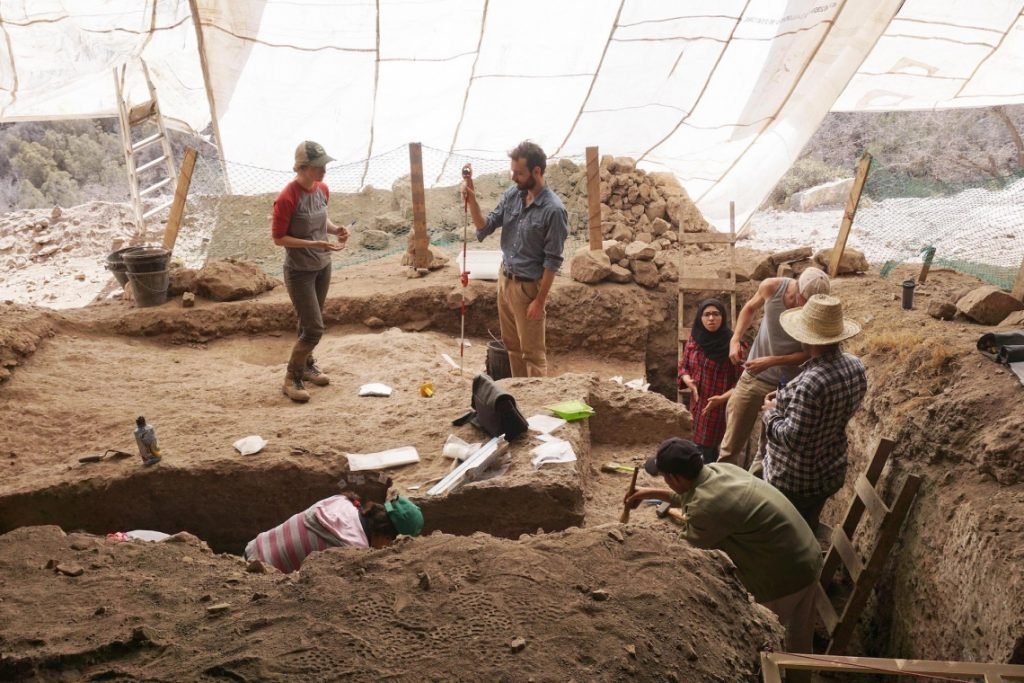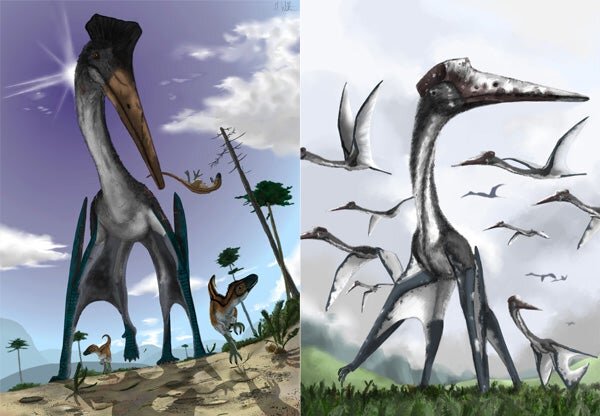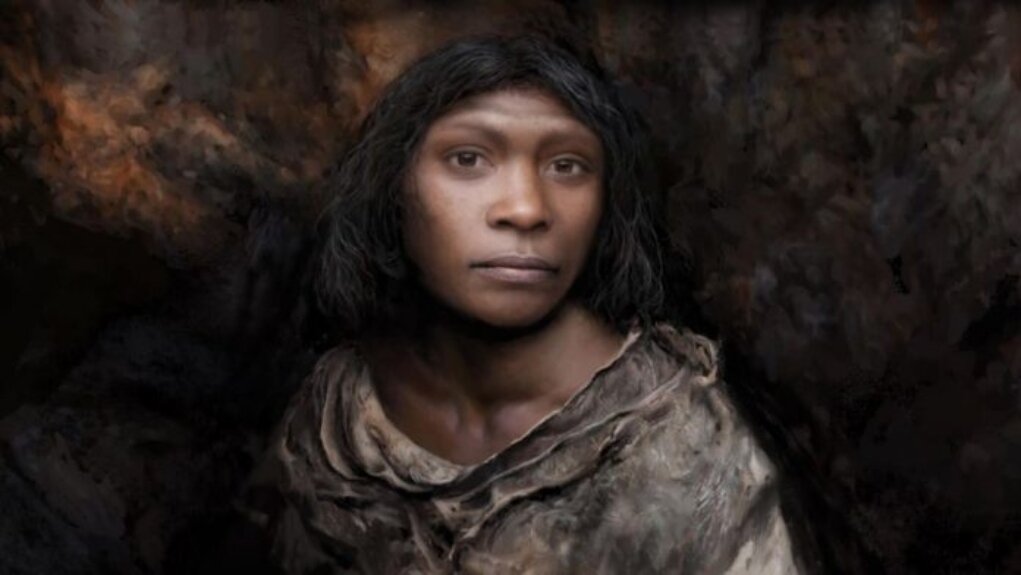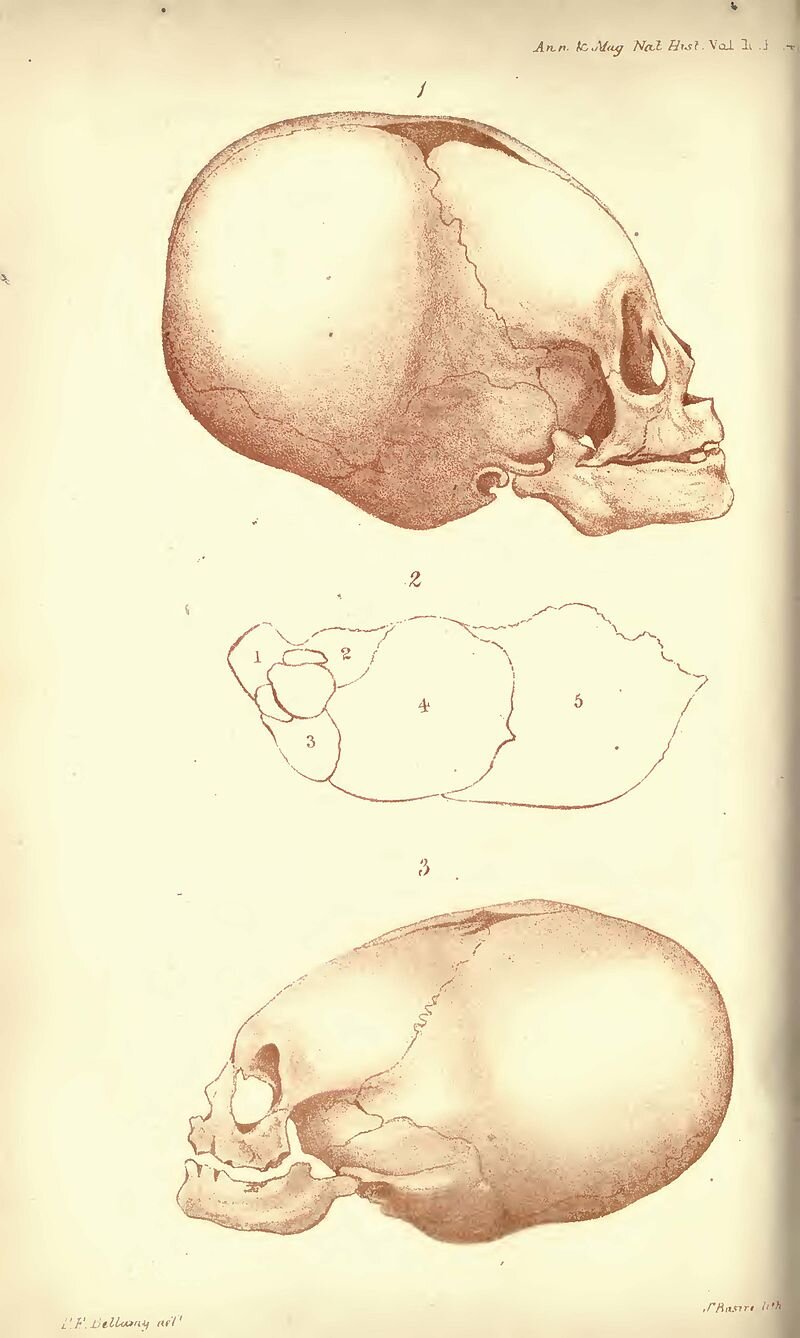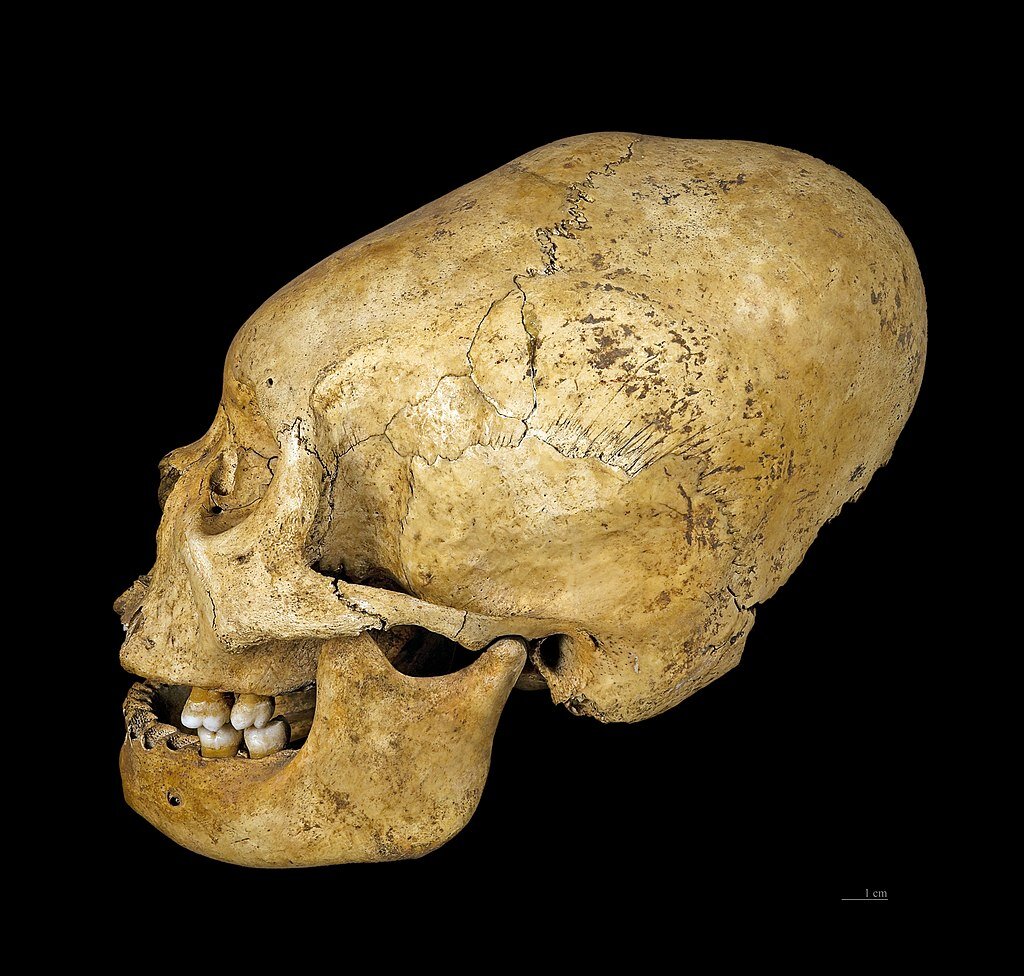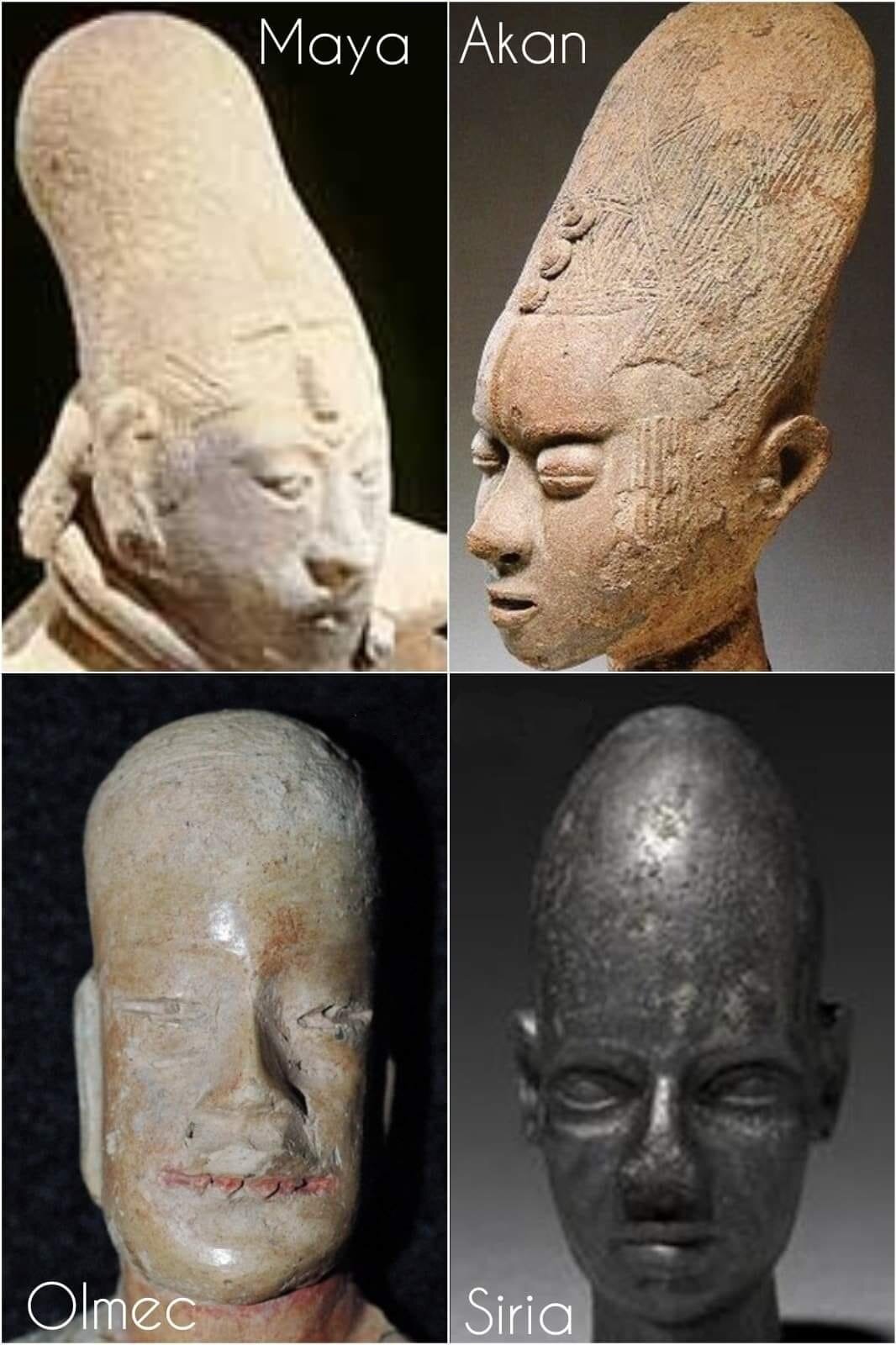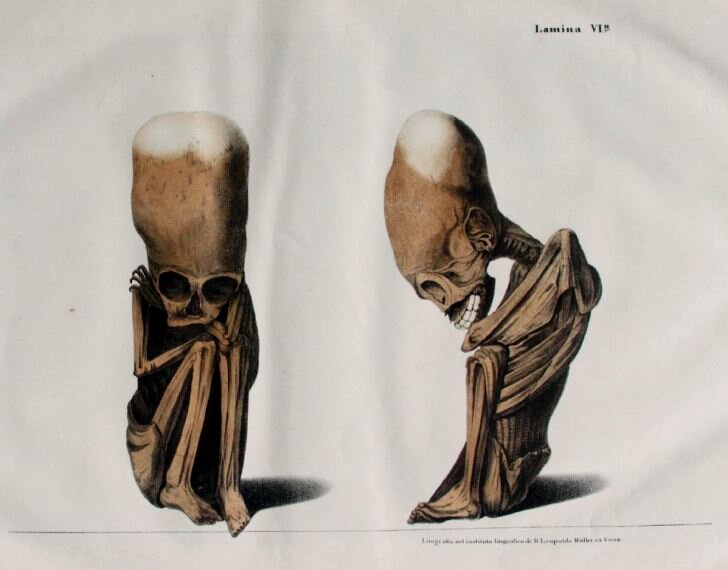BY THE ARCHAEOLOGIST EDITOR GROUP
Separated by 10,000 years but linked by DNA! A 9,000-year-old skeleton's DNA was tested, and it was concluded that a living relative was teaching history about a half mile away, tracing back nearly 300 generations!
In the rolling hills of Somerset, England, beneath the shadow of the Cheddar Gorge cliffs, a millennia-old secret lay waiting. It was here, in 1903, that Gough's Cave revealed its most enigmatic resident, the Cheddar Man. This ancient skeleton, believed to be around 10,000 years old, offers a tantalizing glimpse into the lives of Mesolithic hunter-gatherers, the earliest known population of Britain after the last Ice Age. But Cheddar Man was more than just a set of bones; he was a storyteller, and his tale would reshape our understanding of prehistoric Britain and the intricate tapestry of human evolution.
As archaeologists and anthropologists probed the skeleton, the initial insights they derived were profound. The man, who died in his twenties, belonged to a time when the landscapes of Britain were wild and untamed, and the inhabitants had to adapt swiftly to a post-glacial environment. But as insightful as these revelations were, it was the advent of ancient DNA research that would turn the Cheddar Man's story from an intriguing narrative into a groundbreaking scientific discovery.
Ancient DNA (aDNA) research has been likened to a time machine. With just a few fragments of bone or tooth, scientists can now venture back thousands of years, unraveling the genetic secrets of long-dead organisms. This revolutionary field emerged in the latter half of the 20th century, evolving rapidly with technological advancements in sequencing and bioinformatics. By the dawn of the 21st century, DNA research was poised to redraw the map of human prehistory, challenging long-held assumptions and revealing hitherto unknown migrations, interactions, and adaptations.
The Cheddar Man, with his pristine preservation, was an ideal candidate for this kind of investigation. And when his DNA was finally sequenced, the results were nothing short of astonishing. The portrait of ancient Britons began to shift. Instead of the pale-skinned, blue-eyed hunter-gatherers long imagined by scholars and artists, Cheddar Man's genetics painted a picture of dark skin with blue eyes, a combination that surprised many. This revelation not only transformed our understanding of Mesolithic Britons but also underscored the fluidity of human genetics and the profound influence of migration, interbreeding, and adaptation over millennia.
Yet, the Cheddar Man is but one chapter in the larger story of aDNA research. From the frozen tundras of Siberia to the sun-baked plains of Africa, ancient skeletons have been whispering their secrets to those who would listen. They tell tales of forgotten civilizations, lost migrations, ancient plagues, and the complex web of interactions that have shaped humanity's journey.
Four years before, when Adrian Targett, a retired history teacher from Somerset, walked into his local news agent's office, he was startled to see a familiar face staring up at him. That face, appearing on the front page of several newspapers, belonged to a distant relative of his—around 10,000 years distant, actually—known as Cheddar Man.
Four years before, when Adrian Targett, a retired history teacher from Somerset, walked into his local news agent's office, he was startled to see a familiar face staring up at him.
Ancient DNA from Cheddar Man, a Mesolithic skeleton discovered in 1903 at Gough's Cave in Cheddar Gorge, Somerset, has helped Museum scientists paint a portrait of one of the oldest modern humans in Britain. This discovery is consistent with a number of other Mesolithic human remains discovered throughout Europe. Cheddar Man is the oldest complete skeleton to be discovered in the UK and has long been hailed as the first modern Briton, who lived around 7,150 BC. His remains are kept by London's Natural History Museum in the Human Evolution gallery.
The Cheddar Man earned his name not because of his fondness for cheese, which likely wasn't cultivated until around 3,000 years later, but because he was found in Cheddar Gorge in Somerset, England (which is, incidentally, where cheddar cheese originates).
Some 25 years ago, in an amazing piece of DNA detective work, using genetic material taken from the cavity of one of Cheddar Man’s molar teeth, scientists were able to identify Mr. Targett, 62, as a direct descendant.
Analysis of his nuclear DNA indicates that he was a typical member of the Western European hunter-gatherer population at the time, with lactose intolerance, probably with light-colored eyes (most likely green but possibly blue or hazel), dark brown or black hair, and dark or dark-to-black skin, although an intermediate skin color cannot be ruled out. There are a handful of genetic variants linked to reduced pigmentation, including some that are very widespread in European populations today. However, Cheddar Man had “ancestral” versions of all these genes, strongly suggesting he would have had a “dark to black” skin tone.
Now Cheddar Man is back in the headlines because a new study of his DNA, using cutting-edge technology, has enabled researchers to create a forensic reconstruction of his facial features, skin and eye coloring, and hair texture. And the biggest surprise is the finding that this ancient Brit had ‘dark to black’ skin and bright blue eyes. (A previous reconstruction, before detailed genetic sequencing tests were available, assumed a white face, brown eyes and a ‘cartoon’ caveman appearance.)
No one had thought to tell Mr. Targett any of this or invite him to the unveiling of the new reconstruction of his ancestor at the Natural History Museum on Monday.
‘I do feel a bit more multicultural now,’ he laughs. ‘And I can definitely see that there is a family resemblance. That nose is similar to mine. And we have both got those blue eyes.’
The initial scientific analysis in 1997, carried out for a TV series on archaeological findings in Somerset, revealed Mr. Targett’s family line had persisted in the Cheddar Gorge area for around nine millennia, their genes being passed from mother to daughter through what is known as mitochondrial DNA, which is inherited from the egg.
To put it simply, Adrian Targett and Cheddar Man have a common maternal ancestor.
It is only Cheddar Man’s skin color that marks the difference across this vast space of time. It was previously assumed that human skin tones lightened some 40,000 years ago as populations migrated north out of the harsh African sunlight, where darker skin had a protective function.
At less sunny latitudes, lighter skin would have conferred an evolutionary advantage because it absorbs more sunlight, which is required to produce vitamin D, a nutrient vital for preventing disabling illnesses such as the bone disease rickets. Later, when farming crops began to replace hunter-gatherer lifestyles and communities ate less meat, offal, and oily fish—aa dietary source of vitamin D—ppaler skins would have conferred an even greater advantage and accelerated the spread of relevant genes.
Earlier research suggested Cheddar Man looked like the impression, right, but now scientists are convinced he was dark skinned and had blue eyes and dark hair
However, Cheddar Man’s complexion chimes with more recent research suggesting genes linked to lighter skin only began to spread about 8,500 years ago, according to population geneticists at Harvard University. They report that over a period of 3,000 years, dark-skinned hunter-gatherers such as Mr. Targett’s ancestors interbred with early farmers who migrated from the Middle East and who carried two genes for light skin (known as SLC24A5 and SLC45A2).
It is no surprise that Cheddar Gorge remains Britain’s prime site for Palaeolithic human remains. Cheddar Man was buried alone in a chamber near a cave mouth. But it’s not just Adrian Targett who has links with him. Indeed, for many modern Britons, Cheddar Man’s true face offers a uniquely close DNA encounter with their past. Modern Britons draw about 10 percent of their genetic ancestry from the West European hunter-gatherer population from which Cheddar Man sprang.
As we delve deeper into this narrative, it becomes evident that our past is far more intricate than textbooks might suggest. The Mesolithic skeletons and the vast array of ancient remains studied through the lens of genetics have unveiled a world where cultures blended, societies clashed, and humans constantly evolved in response to a changing world. The legacy of the Cheddar Man and others like him serves as a potent reminder: our history is written not just in books and artifacts but in the very fabric of our being—our DNA.



